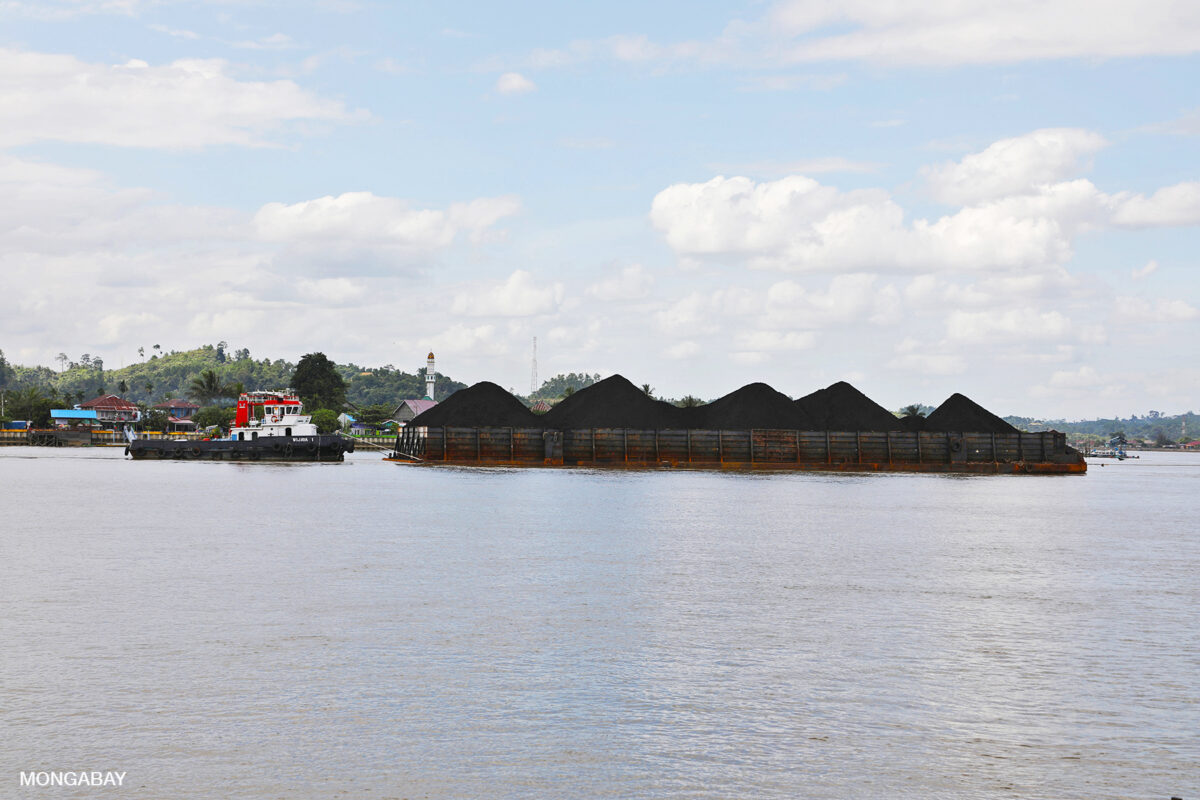Indonesia’s state-owned power utility has backed away from promises to rapidly expand its use of renewable energy, opting to focus instead on building more power stations that burn fossil fuels. The country’s electricity monopoly, PLN, will expand by more than one-fifth how much electricity it generates from gas and coal by the middle of the next decade, according to the company’s Ten-Year Supply Development Plan (RUPTL). While PLN also intends to triple how much electricity it gets from renewable sources, most of the expansion in green energy will need to wait until the early 2030s as the utility struggles to first meet soaring demand for electricity. Indonesia’s grid is, for now, unable to accommodate on-again-off-again renewable energy, the company has said. The question for PLN is “how can renewables, which are indeed variable, and fossil fuel-based power plants be sewn together?” Darmawan Prasodjo, PLN’s president director, told a parliamentary commission last month ahead of the release of the supply blueprint. PLN unveiled a slide presentation of its RUPTL late last month, foreshadowing a massive buildout of solar and other renewable energy over the next 10 years. The biggest initial focus, though, will be new gas- and coal-fired power plants between now and 2029. Renewables will comprise a slightly smaller share of the planned expansion until the end of this decade. But on June 3, the utility published the full version of its 1,200-plus-page electricity supply blueprint which underscored doubts for some analysts that PLN would countenance the country’s shift to…This article was originally published on Mongabay
From Conservation news via this RSS feed


